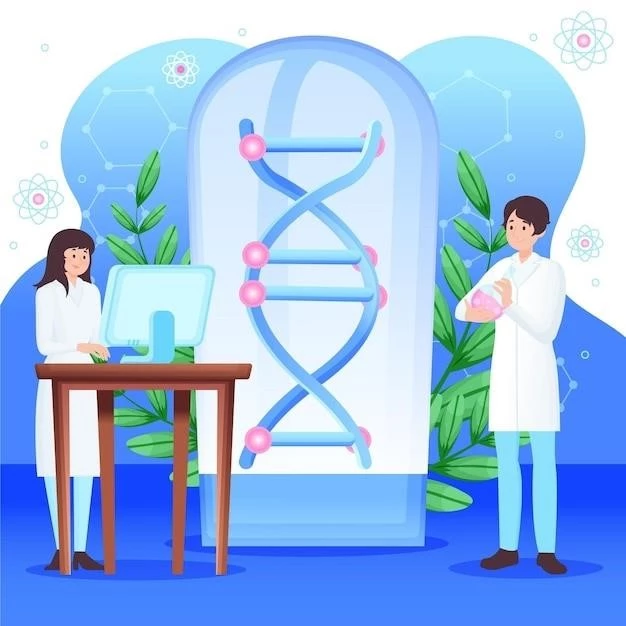Introduction to Robinow-Sorauf Syndrome
Robinow-Sorauf syndrome is a rare condition with similarities to Saethre-Chotzen syndrome, encompassing craniosynostosis and distinct toe abnormalities.
Robinow-Sorauf syndrome, a rare and distinct condition, exhibits clinical features akin to Saethre-Chotzen syndrome. It is characterized by facies resembling Saethre-Chotzen syndrome, including craniosynostosis and peculiar toe abnormalities.
Overview of the Syndrome
Robinow-Sorauf syndrome is a rare condition displaying similarities to Saethre-Chotzen syndrome, including craniosynostosis and unique toe abnormalities. The syndrome is distinguished by features such as bifid or partially duplicated halluces.
Distinctive Characteristics
Robinow-Sorauf syndrome presents unique features including bifid or partially duplicated halluces, marking similarities with Saethre-Chotzen syndrome. The syndrome showcases distinct craniofacial characteristics and skeletal anomalies, contributing to its notable distinction within the spectrum of syndromes.
Similarities to Saethre-Chotzen Syndrome
Robinow-Sorauf syndrome presents notable resemblances to Saethre-Chotzen syndrome, particularly in the craniofacial features and skeletal anomalies shared between the two conditions. Both syndromes exhibit distinct toe abnormalities and can be linked through common genetic mutations affecting the TWIST gene, showcasing a significant overlap in their clinical manifestations.
Genetic Basis of Robinow-Sorauf Syndrome
Robinow-Sorauf syndrome is caused by mutations in the TWIST gene, leading to an autosomal dominant inheritance pattern.
Robinow-Sorauf syndrome is inherited in an autosomal dominant pattern, with mutations occurring in the TWIST gene.
Autosomal Dominant Inheritance
Robinow-Sorauf syndrome follows an autosomal dominant pattern of inheritance due to mutations in the TWIST gene, leading to the manifestation of the syndrome.
Diagnosis and Classification
Diagnosing Robinow-Sorauf syndrome involves recognizing distinct clinical features and genetic mutations to classify the condition accurately.
Diagnostic Criteria
Diagnosing Robinow-Sorauf syndrome entails recognizing distinctive clinical features such as craniosynostosis and distinctive toe abnormalities. Genetic testing for mutations in the TWIST gene is crucial for accurate diagnosis and classification.
The classification of Robinow-Sorauf syndrome has evolved over time, with the syndrome initially identified within the spectrum of Saethre-Chotzen syndrome due to shared clinical features. The reclassification highlights the intertwined nature of these syndromes within the genetic and clinical research domains, contributing to a deeper understanding of their relationship and manifestations.

Management and Treatment Approaches
Managing Robinow-Sorauf syndrome involves a multidisciplinary approach combining medical interventions tailored to the individual’s clinical needs.
Classification Evolution
The classification of Robinow-Sorauf syndrome has evolved over time, initially considered within the spectrum of Saethre-Chotzen syndrome due to shared clinical features. Genetic advancements have enabled the differentiation between the two syndromes, emphasizing the importance of precise classification in understanding their distinct characteristics.
Multidisciplinary Care
Management of Robinow-Sorauf syndrome necessitates a comprehensive approach involving various medical specialties to address the diverse clinical aspects and accommodate individual needs adequately. Multidisciplinary care ensures holistic support and optimized outcomes for individuals with this syndrome.

Epidemiology and Prevalence
Robinow-Sorauf syndrome’s prevalence remains uncertain due to limited data availability, hindering comprehensive understanding and accurate estimates of the syndrome’s incidence rates.
Incidence Data
The exact incidence and prevalence of Robinow-Sorauf syndrome are not well-documented due to limited data availability, contributing to challenges in estimating the frequency of the syndrome within the population and understanding its prevalence rates.
Robinow-Sorauf syndrome’s prevalence remains uncertain due to limited data availability, hindering accurate estimations of the syndrome’s frequency and prevalence rates within the population.
Research and Genetic Testing
Identification of mutations in the TWIST gene is crucial for the diagnosis and understanding of Robinow-Sorauf syndrome. Advancements in genetic testing methodologies have facilitated precise identification of genetic variations associated with the syndrome.
Prevalence Estimates
Due to limited available data, determining the exact prevalence of Robinow-Sorauf syndrome remains challenging, impeding precise estimations of the syndrome’s occurrence rate and prevalence within the population.
Advancements in Genetic Testing
Recent advancements in genetic testing techniques have significantly improved the identification of mutations in the TWIST gene associated with Robinow-Sorauf syndrome. These advancements play a crucial role in enhancing diagnostic accuracy and understanding the genetic basis of the syndrome.
Case Studies and Clinical Presentations
One case study involves a 19-year-old female patient exhibiting classical features of Robinow-Sorauf syndrome, linking to Saethre-Chotzen syndrome.
Case Study⁚ 19-Year-Old Female Patient
A detailed case study of a 19-year-old female patient presenting typical clinical and radiological features of Robinow-Sorauf syndrome, highlighting the phenotype overlap with Saethre-Chotzen syndrome.
Chinese Three Generation Pedigree
A three-generation pedigree from China involving four affected individuals, including two males and two females, revealed characteristic clinical features such as skull deformities, facial anomalies, and distinct distances between pupils, highlighting the familial inheritance pattern of Robinow-Sorauf syndrome.
Relationship to Other Syndromes
Robinow-Sorauf syndrome shares clinical features with Saethre-Chotzen syndrome, demonstrating overlap in craniofacial and skeletal abnormalities.
Association with Saethre-Chotzen Syndrome
Robinow-Sorauf syndrome shares clinical features with Saethre-Chotzen syndrome, demonstrating overlap in craniofacial and skeletal abnormalities. The bifid or partially duplicated halluces are characteristic features present in both syndromes, highlighting their association and shared genetic basis.
Robinow-Sorauf syndrome is distinct from Gardner syndrome, an inherited condition characterized by polyps in the digestive tract, primarily in the colon and rectum, presenting different clinical manifestations and genetic backgrounds.
Prognosis and Life Expectancy
The long-term outlook for individuals with Robinow-Sorauf syndrome is influenced by various factors, impacting their prognosis and life expectancy.
Comparison with Gardner Syndrome
Robinow-Sorauf syndrome differs from Gardner syndrome, a hereditary condition characterized by polyps in the digestive tract, primarily in the colon and rectum, showcasing distinct clinical presentations and genetic underpinnings.
Factors Influencing Prognosis
The long-term outlook for individuals with Robinow-Sorauf syndrome is influenced by various factors, including the severity of clinical manifestations, the presence of associated complications, and the individual’s response to medical interventions. Additionally, early diagnosis and comprehensive management may positively impact the prognosis of affected individuals.
Current Research and Future Directions
Ongoing research in Robinow-Sorauf syndrome focuses on emerging therapies to improve outcomes and investigating areas related to the syndrome’s genetic underpinnings for potential future advancements.
Emerging Therapies
Ongoing research in Robinow-Sorauf syndrome is focused on the development of emerging therapies aimed at improving outcomes and quality of life for affected individuals. These innovative approaches hold promise for enhancing management strategies and overall patient well-being.
Areas of Ongoing Investigation
Current research efforts focus on exploring emerging therapies to enhance the management of Robinow-Sorauf syndrome and investigating various aspects related to the genetic basis of the syndrome for potential future developments. Ongoing investigations aim to improve treatment strategies and outcomes for individuals affected by this condition.
